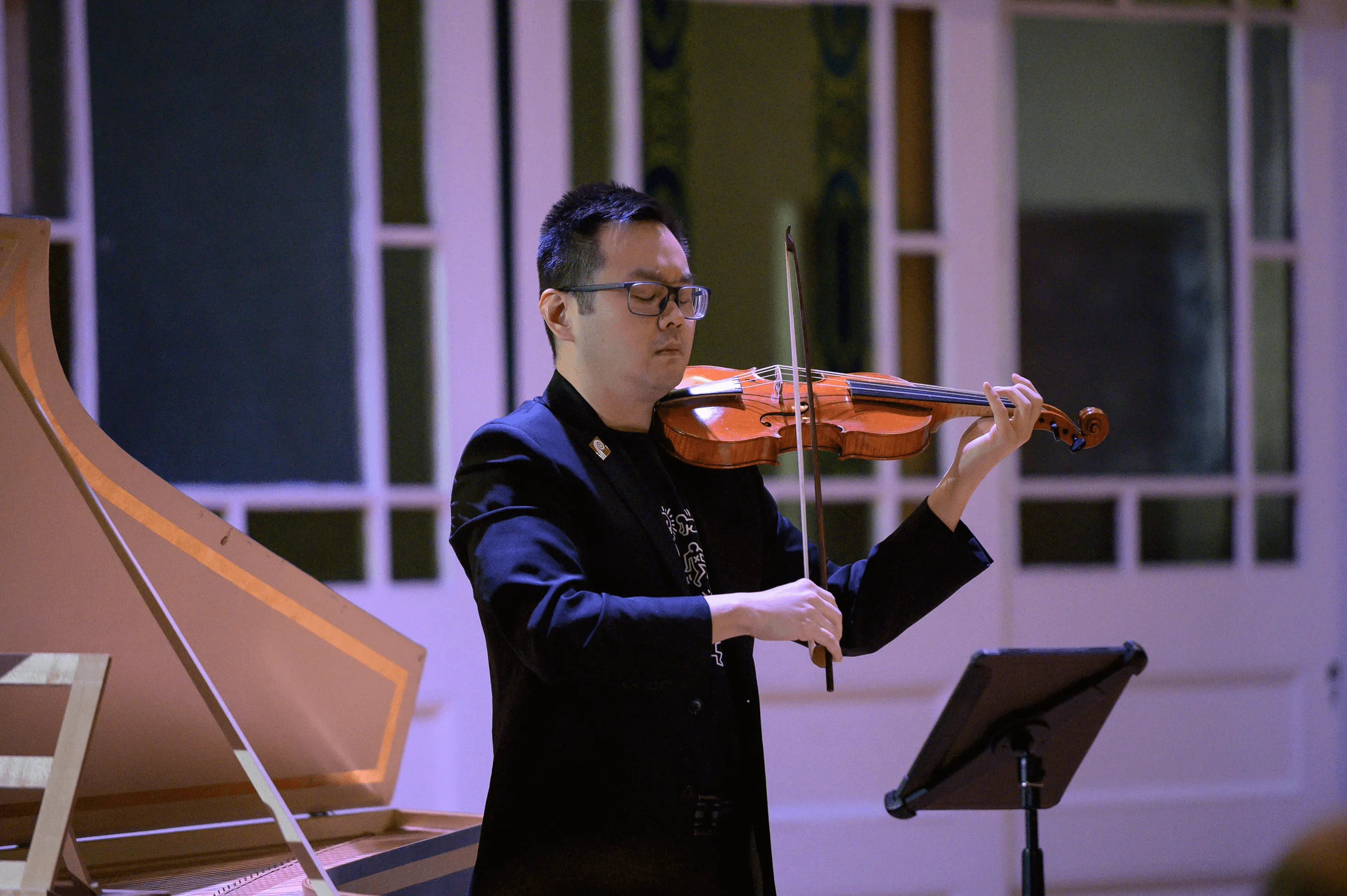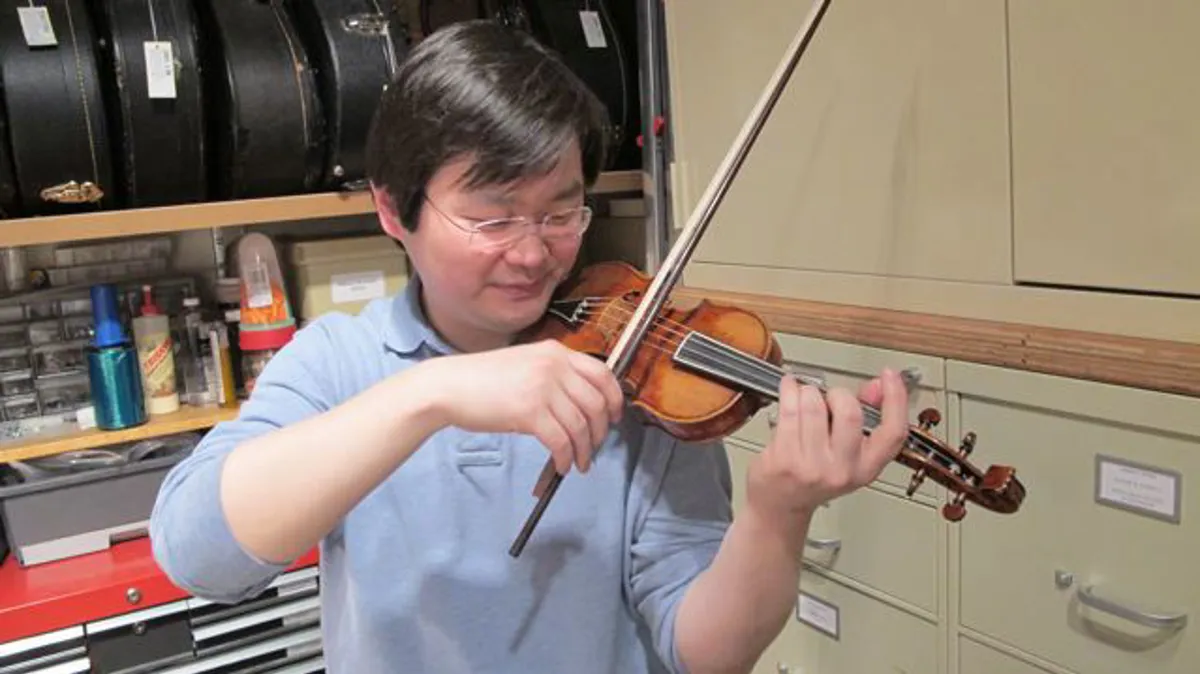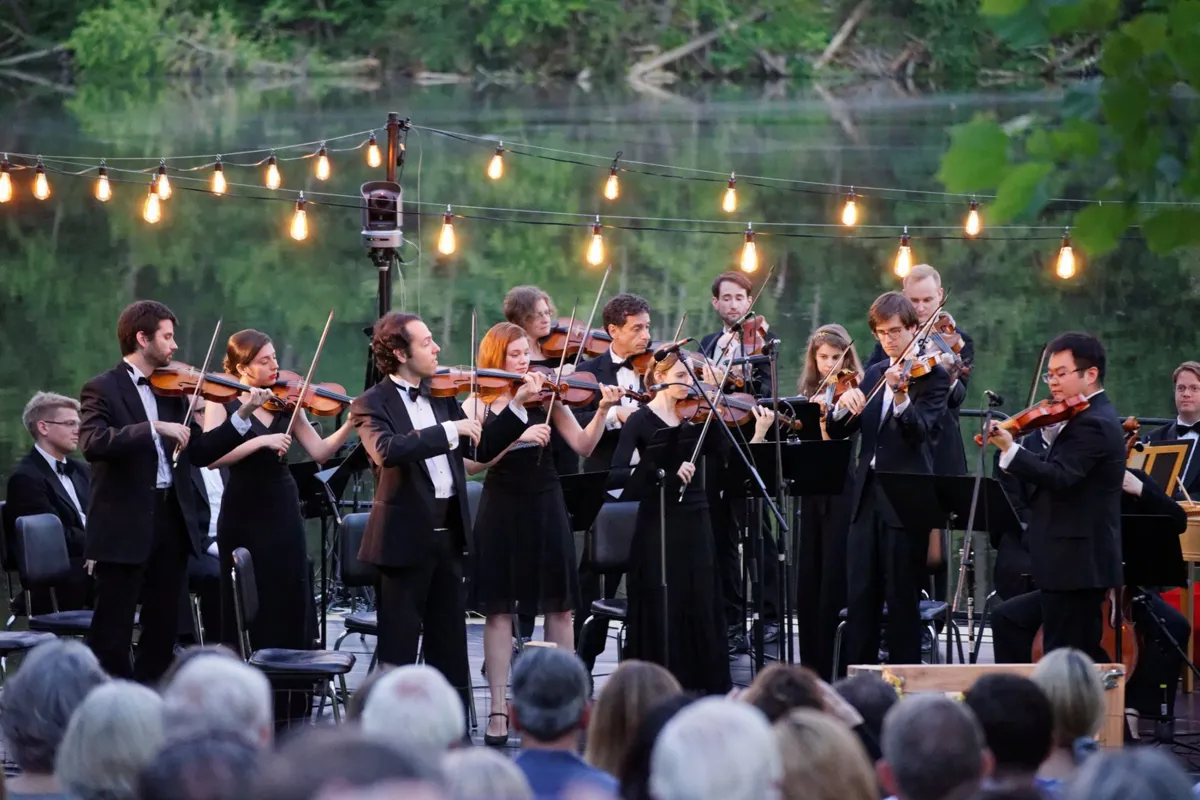Research


Violino piccolo
Violino piccolo, an instrument of higher pitch and smaller size than the standard violin, served as a solo and ensemble instrument during the 17th and 18th centuries in Europe. It was frequently tuned a minor third or perfect fourth higher than the violin. My dissertation includes a catalog of all known works for the instrument, including transcriptions of three selected pieces from the catalog.
.webp)
Violoncello da spalla
Violoncello da spalla is one of several types of cello that existed during the 17th and 18th centuries. The size of the cello was not standardized until well into the 18th century. It is called da spalla—which means shoulder in Italian—because it is to be played with a strap over the player’s shoulder. Due to its horizontal playing position, it was likely played by a violin or viola player.
The instrument has four or five strings. When there are five strings, its pitch range is that of the “regular” cello (C–G–D–A) plus an additional string at the top, often tuned to E. When there are only four strings, the strings are tuned to either C–G–D–A or G–D–A–E.
Violoncello—which is a diminutive form of violone or “bass viola”—literally means “small bass viola.” During the baroque era, the term viola was used to refer to any string instrument. Violino is simply a diminutive of viola, meaning “small viola.”

Arts and Spirituality
Daniel’s interdisciplinary work delves into the intersection of arts and spirituality, recognizing the significance of all forms of arts in religious and spiritual practices. He believes that arts have the potential to foster a more harmonious society.